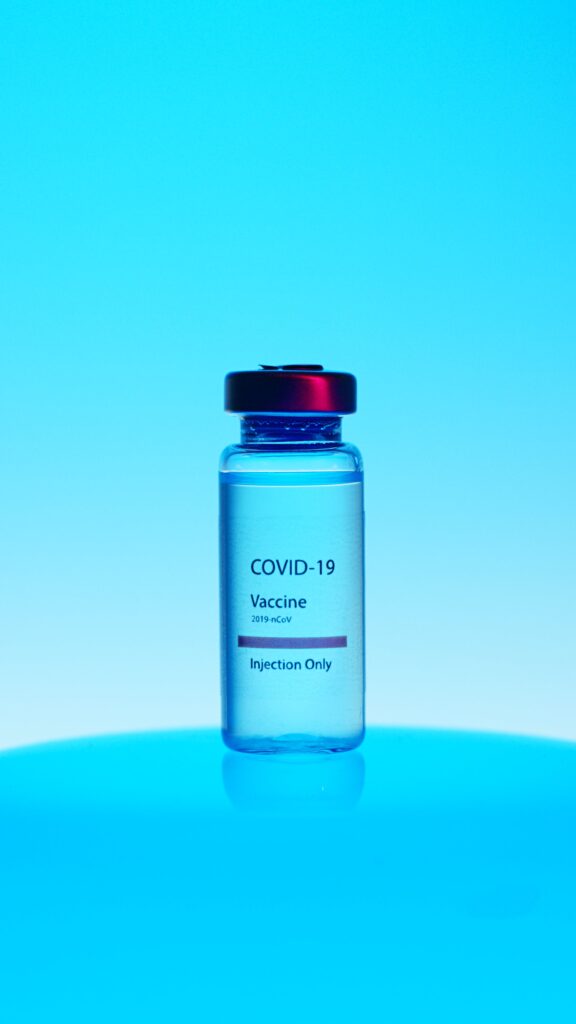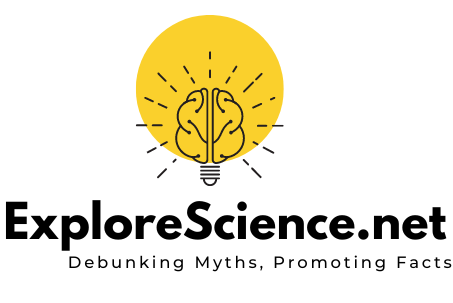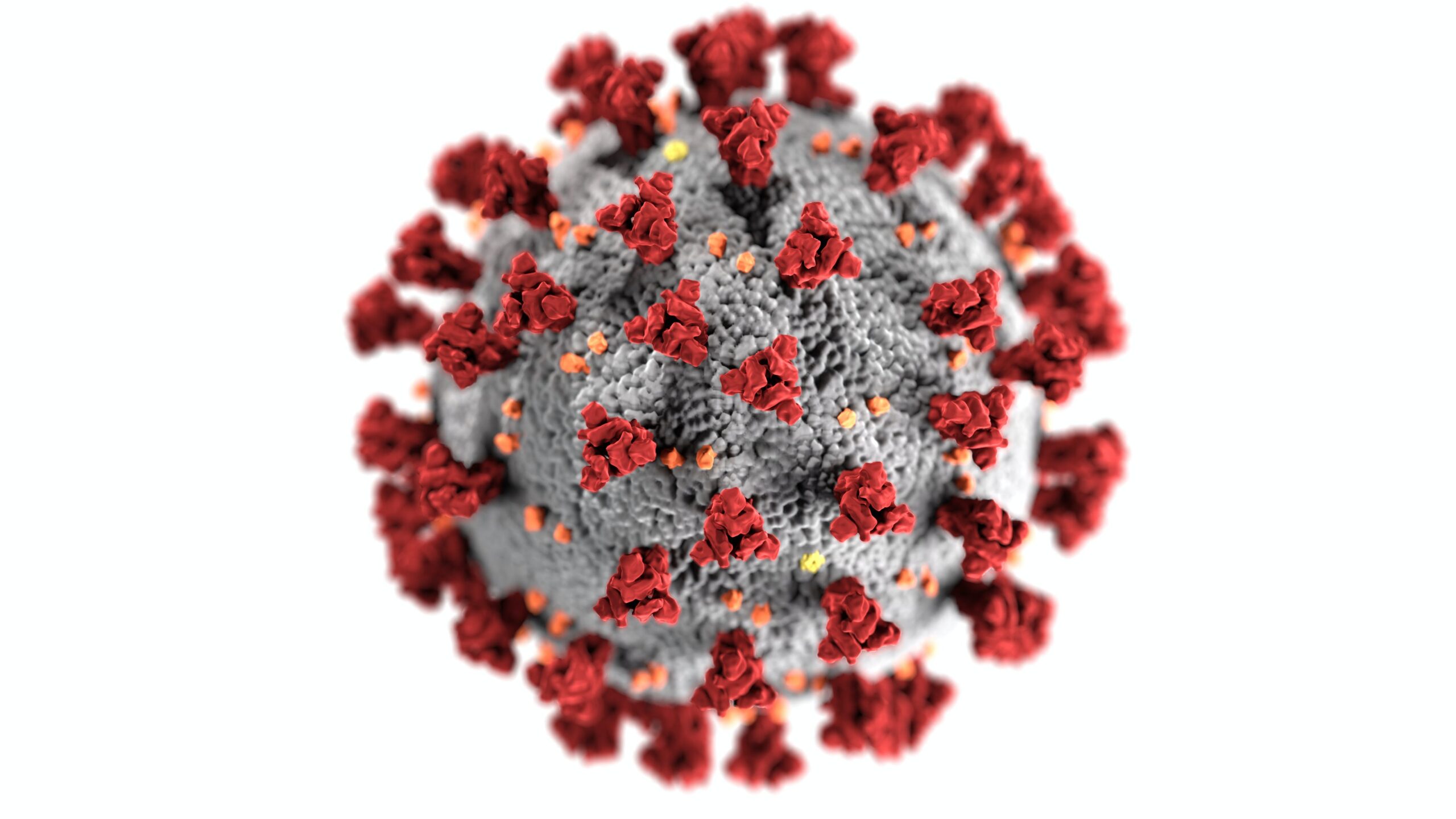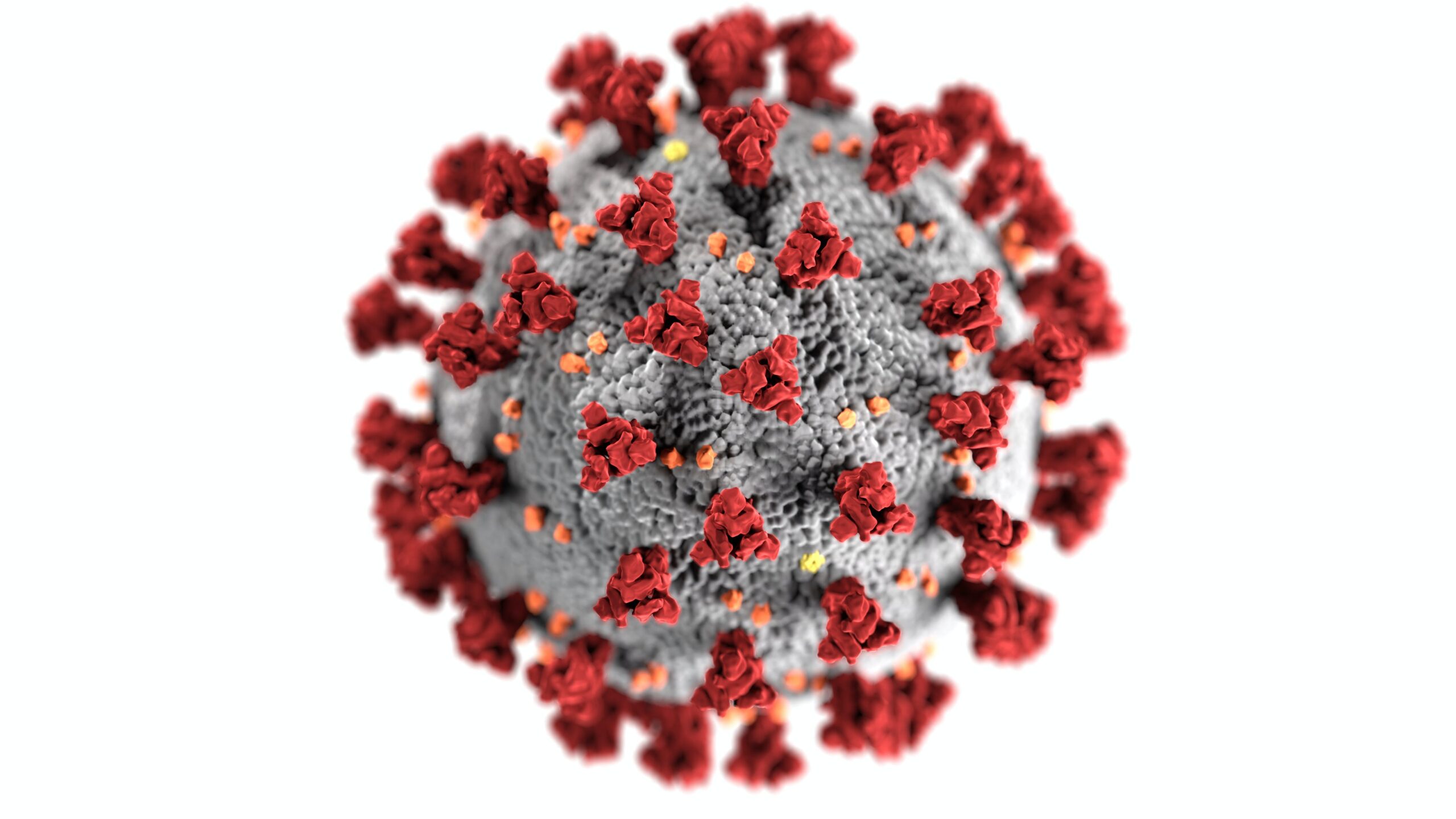
A virus is a small infectious agent that can only replicate within the living cell. Unlike bacteria, viruses are not considered as living organisms because they lack life-like properties, such as cellular structure and the ability to replicate independently.
Developing virus resistance is an important part of staying healthy, especially in today’s society where viral diseases carry considerable health risk. Here’s a detailed guide on improving your immune system and developing virus resistance.

Things you Need to Do to fight against viruses
Immune system maintenance: the defence machenism of our body,immune system protects our body from dangerous infections such as viruses. It contains a variety of components, including white blood cells, antibodies, immunoglobulins and lymphatic system,
Boost immunity: Good health means good immunity this can be maintained by taking a balanced diet with vitamins, minerals and antioxidants is important for a strong immune system. Consume plenty of fruits, vegetables, whole grains, lean protein, and healthy fats. Foods rich in vitamin C, D, zinc and selenium are especially beneficial for immune function.
Hydration: Staying hydrated is essential for maintaining proper immune function. Water promotes detoxification and lymphatic production, which transports components (toxic) of the immune system throughout the body.
Adequate sleep: quality sleep is essential for immune function. sleep, helps to repair and regenerates cells, including immune cells. The average sleep time for an adult human should be 7-9 hours for keeping the body healthy and protection from infections.

Stress management: Chronic stress can impair your immune system, making you more vulnerable to viral diseases. Meditation, deep breathing exercises, yoga, and spending time in nature can help you relax and be more resilient.
Exercise regularly: Moderate exercise has been found to improve immune function by increasing circulation, reducing inflammation, and stimulating immune cell synthesis. Aim for at least 30 minutes of physical activity most days of the week, with a combination of aerobic, strength, and flexible activities.
Hygiene practices: Good hygiene practices, such as washing your hands often with soap and water, avoiding touching your face, and covering your mouth and nose when coughing or sneezing, can help prevent viral spread and reduce your risk of infection.
Artificial immunity
Vaccination: Vaccines are one of the most effective strategies to avoid viral diseases. Stay up to date on recommended vaccinations to protect yourself and others from diseases such as influenza, measles, mumps, rubella, and COVID-19.
Supplements: In addition to getting nutrients from the diet, supplements can help make up for nutritional deficiencies and boost immune function. Before starting any new supplement, consult a healthcare practitioner to make sure they are safe and appropriate for your specific needs.
Herbal Remedies: Some herbs and herbs can boost the immune system and help avoid viral infections. Examples are echinacea, elderberry, garlic and ginger. Although some natural remedies can be effective, it’s important to use them cautiously and talk to a health expert.Mechanisms and Consequences of Viral Infection
Despite their simplicity, viruses have developed complex ways to exploit and infect host cells, which can result in a variety of diseases. Examining the complex processes involved in viral infection provides insight into the dynamic interactions that occur between viruses and their hosts.
Machenism of infection transmission
Attachment and Entry:
The first step in the spread of a virus is the attachment of its surface proteins to particular host cell receptors.This interaction, which determines the virus’s affinity for particular cell types, is frequently very specialised.Viruses enter the host cell through a variety of pathways after attachment, such as direct fusion with the cell membrane or receptor-mediated endocytosis
Genome Replication and Expression:
Upon entering the host cell, viruses discharge their genetic material into the cytoplasm of the cell, which may consist of either DNA or RNA.In order to reproduce and transcribe viral genes, the viral genome commandeers the machinery of the host cell, frequently interfering with regular cellular functions.Proteins that viruses encode can impede the immune system of the host, allowing the virus to multiply and avoid detection by the host.
Assembly and Maturation:
Within the host cell, freshly synthesised viral constituents, such as nucleic acids and structural proteins, are assembled into progeny virions.diverse virus families have diverse assembly processes, which can take place at certain cellular membranes or in specialised cellular compartments.Viral components must be processed and altered during maturation in order to produce infectious virions that can infect more cells
Immune response and cellular damage:
Viral assembly and replication can seriously harm host cells, resulting in tissue damage and malfunction.Viral illnesses may progress in their pathogenesis due to the apoptotic or inflammatory responses triggered by infected cells.In order to destroy infected cells and stop the virus from spreading, the host immune system mounts both innate and adaptive immune responses after identifying the components of the virus.
Transmission and Spread:
Infectious virions are released into the extracellular environment through viral shedding from infected cells.Viruses can propagate systemically through blood circulation or locally within tissues, infecting distant parts of the body.There are several ways for transmission to happen between hosts, including as respiratory droplets, body fluids, and vector-mediated transmission.
Clinical Symptoms and Disease Spectrum:
Viral infections can cause a wide range of clinical symptoms, from minor, self-limiting illnesses to serious, life-threatening conditions.The symptoms, which might include fever, respiratory problems, gastrointestinal troubles, and neurological impairments, frequently correspond to the target tissues or organs that the virus has damaged.The intensity and prognosis of viral infections are influenced by host characteristics, including age, immunological function, and underlying medical problems.
Preventative and Therapeutic Interventions:
Antiviral medications block the manufacture of viral proteins, genome replication, and viral entry by focusing on particular stages of the viral replication cycle.By eliciting protective immune responses against particular viral pathogens, vaccination is essential in preventing viral infections.The spread of viral illnesses is slowed down by public health initiatives like vector control programmes, quarantine policies, and hygiene standards.


